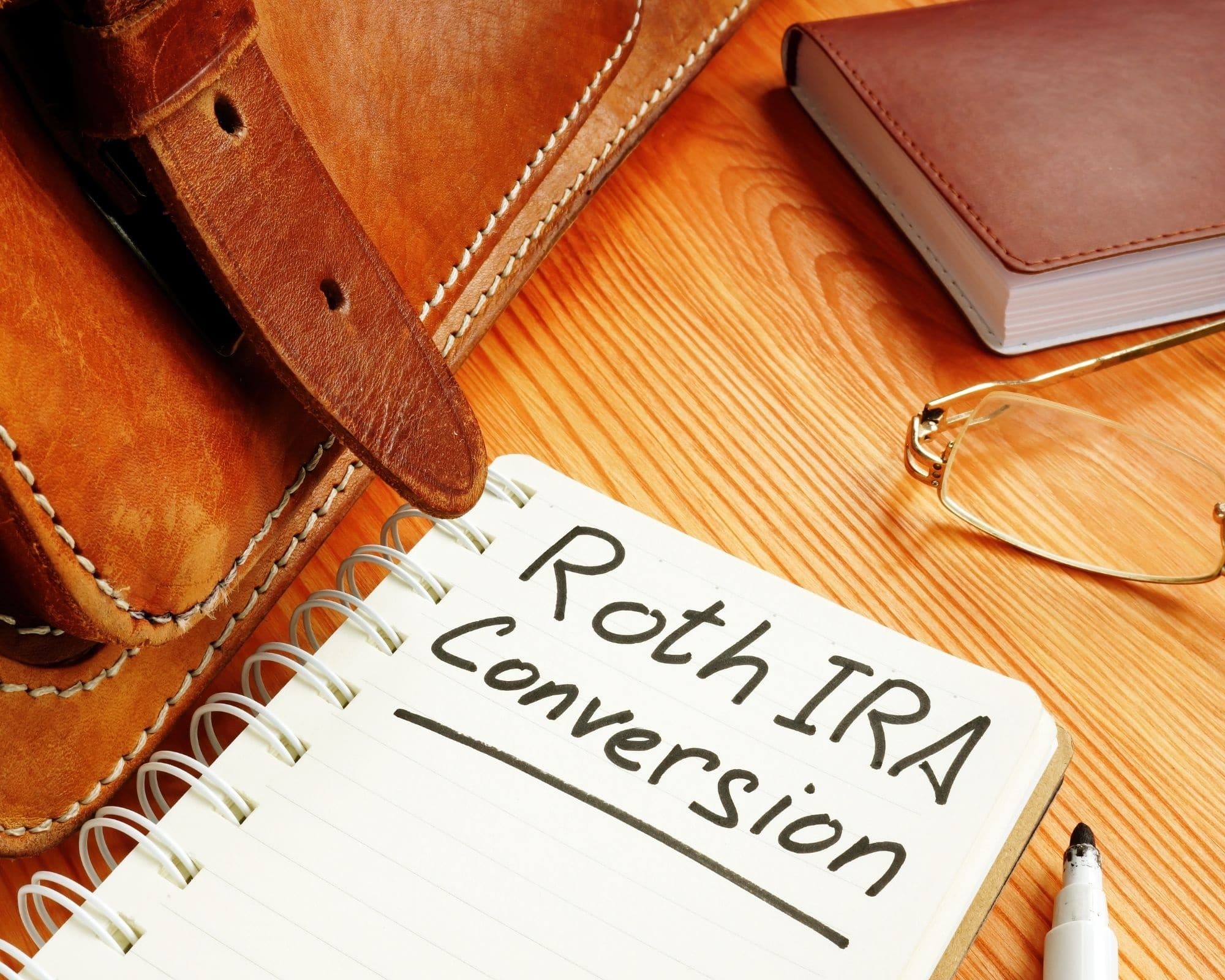Three Tax Planning Strategies to End 2020 on a Better Note
Monday, Dec 21, 2020
This year give the gift of tax planning…to yourself!
2020 has been a unique year, and it has created some unique tax planning opportunities. The events of 2020 have led to new legislation that provides for opportunities in your charitable planning. Some folks have also had their income negatively impacted, which could provide an opportunity for a Roth conversion. If this has been a low-income year, you may have opportunity to harvest capital gains at a 0% tax rate. These strategies are discussed below. Please note that this should not be construed as tax advice and you should consult a CPA before making any tax decisions. The below insights were provided by a friend of 5280 Associates, Garry Albert, CPA.

Feeling generous? 2020 provides additional tax incentives for charitable gifting.
The CARES Act provides for some temporary options in charitable giving, whether you itemize deductions or take the standard deduction.
Temporary Increase in Charitable Contribution Limit for Individuals Who Itemize Deductions.
Traditionally, for those who itemize their deductions, the deduction for charitable contributions made in cash to qualifying charities has been limited to 60% (through 2025) of an individual’s adjusted gross income (AGI), and to 30% of AGI for certain “property” contributions.
For the 2020 tax year only, the CARES Act allows an individual to deduct “cash” contributions to qualifying charities up to 100% of the individual’s AGI (as reduced by the amount of all other charitable contributions allowed to the individual under the traditional charitable contribution limits).
Caution! A qualifying charity does not include a donor-advised fund.
Conclusion: You may be able to receive a higher tax deduction for charitable contributions in 2020. Now that’s the gift of giving!
Temporary “Above-The-Line” Deduction of up to $300 for Charitable Contributions for Individuals Who do Not Itemize Deductions.
For the 2020 tax year only, the CARES Act allows individuals who do not elect to itemize their deductions, to take a so-called “above-the-line” deduction of up to $300 for cash contributions to a qualifying charity. Therefore, an individual may deduct this $300 amount in addition to the standard deduction for 2020.
Caution! Contributions to a donor advised fund do not qualify for this special “above-the-line” deduction.
Conclusion: You may be able to deduct a charitable contribution in 2020 even if you are taking the standard deduction. Do good and good will come to you!
Was your income lower in 2020? This could be the year for a Roth conversion.
Many experienced lower earned income in 2020. While this is not ideal, it can provide an opportunity in your long-term tax planning through a Roth conversion.
A Roth conversion is defined as moving funds from a pre-tax account like a traditional IRA into a Roth IRA. When you do so, you must pay income taxes on the amount converted in the tax year that the conversion takes place.
When considering a Roth conversion, it is best to convert in a low-income year so your Roth conversion income is taxed at the lower tax rates. If you are in a situation where, due to COVID (or for any other reason), your 2020 income is significantly lower than the income you expect in 2021 and later years, it may be a good idea to consider converting all or a portion of your traditional IRA into a Roth IRA before the end of 2020.
Planning Alert! If you want a Roth conversion to be effective for 2020, you must transfer the amount from the regular IRA to the Roth IRA no later than December 31, 2020. You do not have until the due date of your 2020 tax return. Moreover, you are not allowed to later “re-characterize” that converted Roth IRA back to a traditional IRA. In other words, your conversion of an IRA to a Roth IRA cannot be undone. The IRS says that this prohibition applies to the conversion from a Traditional, SEP, or SIMPLE IRA to a Roth IRA, as well as amounts rolled over into a Roth IRA from other retirement plans such as 401(k) or 403(b) plans.
Caution! Whether you should convert your traditional IRA to a Roth IRA can be an exceedingly complicated issue. Your tax rate in the year of conversion is just one of many factors that you should consider. Please call our office if you need help in deciding whether to convert to a Roth IRA.
Zero percent tax on capital gains…say what?
The current US tax code has 0% capital gains tax for some with lower income.
A commonly ignored fact of the tax code is that capital gains that fall in the lowest two tax brackets (10% and 12%) are taxed at 0% capital gain tax rate. This means if you file a joint return and your taxable income is expected to be lower than $80,000 (or an individual return, lower than $40,000) you could benefit from selling shares with gains in 2020.
Caution! It is always important to consider the economics of a stock sale, not just the tax consequences. If you are looking to take advantage of the 0% capital gain rate, you can sell and reinvest funds into another security in order to keep your money invested. This allows you to take advantage of the 0% rate while not giving up future investment growth.
Individuals who have historically been in higher tax brackets but are now expecting a significant drop in their 2020 taxable income, may find themselves in the 0% tax bracket for long-term capital gains and qualified dividends for the first time. A significant drop in 2020 taxable income could have occurred due to COVID-19; or because you are between jobs; or you recently retired; or you are expecting to report higher-than-normal business deductions in 2020. If these pertain to your situation, please contact us prior to the end of the year to discuss the potential for this tax savings.
While most of us are probably ready to put 2020 in the rear view mirror, be sure to consider how you can make your 2020 tax bill a little lighter before this extraordinary year comes to an end!
Thrivent and its financial professionals do not provide legal, accounting, or tax advice. Consult your attorney or tax professional. Representatives have general knowledge of the Social Security tenets. For complete details on your situation, contact the Social Security Administration.




